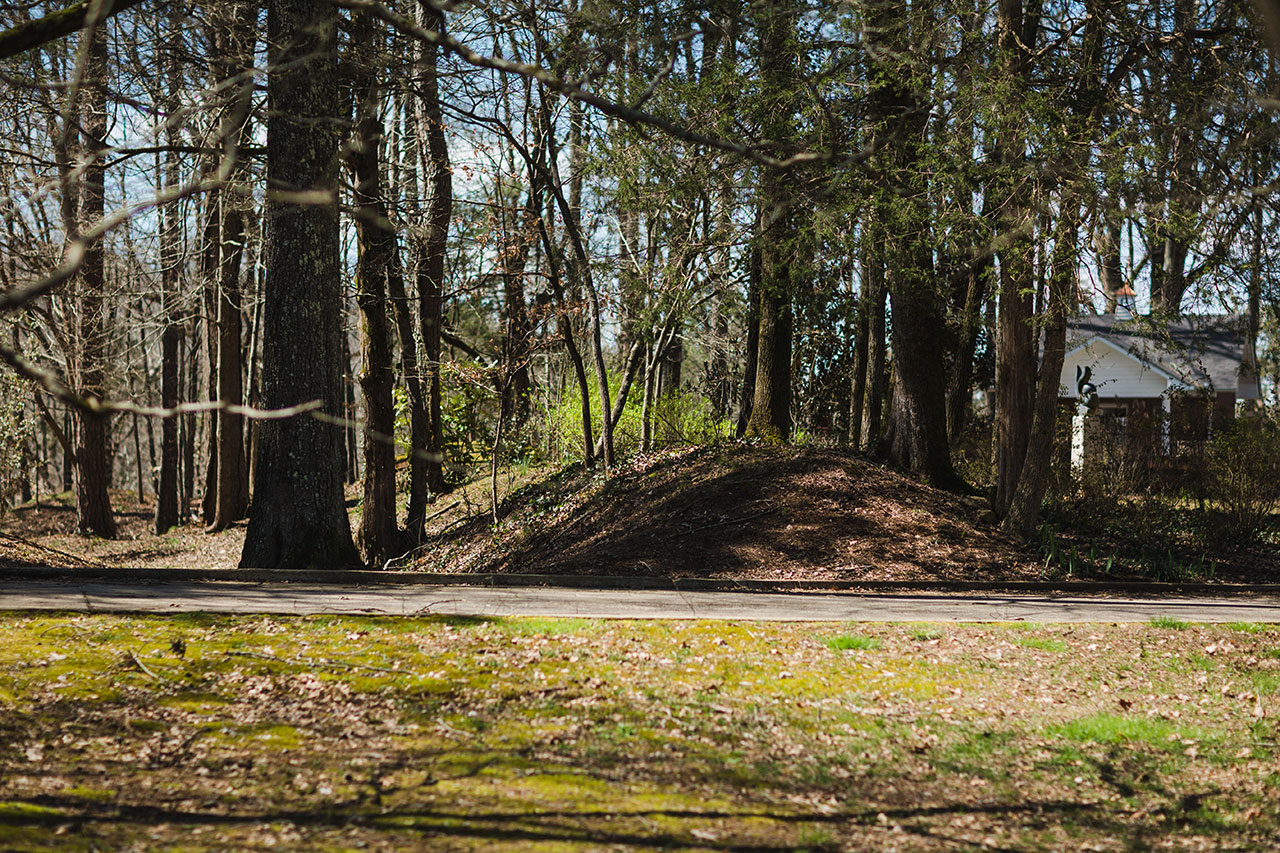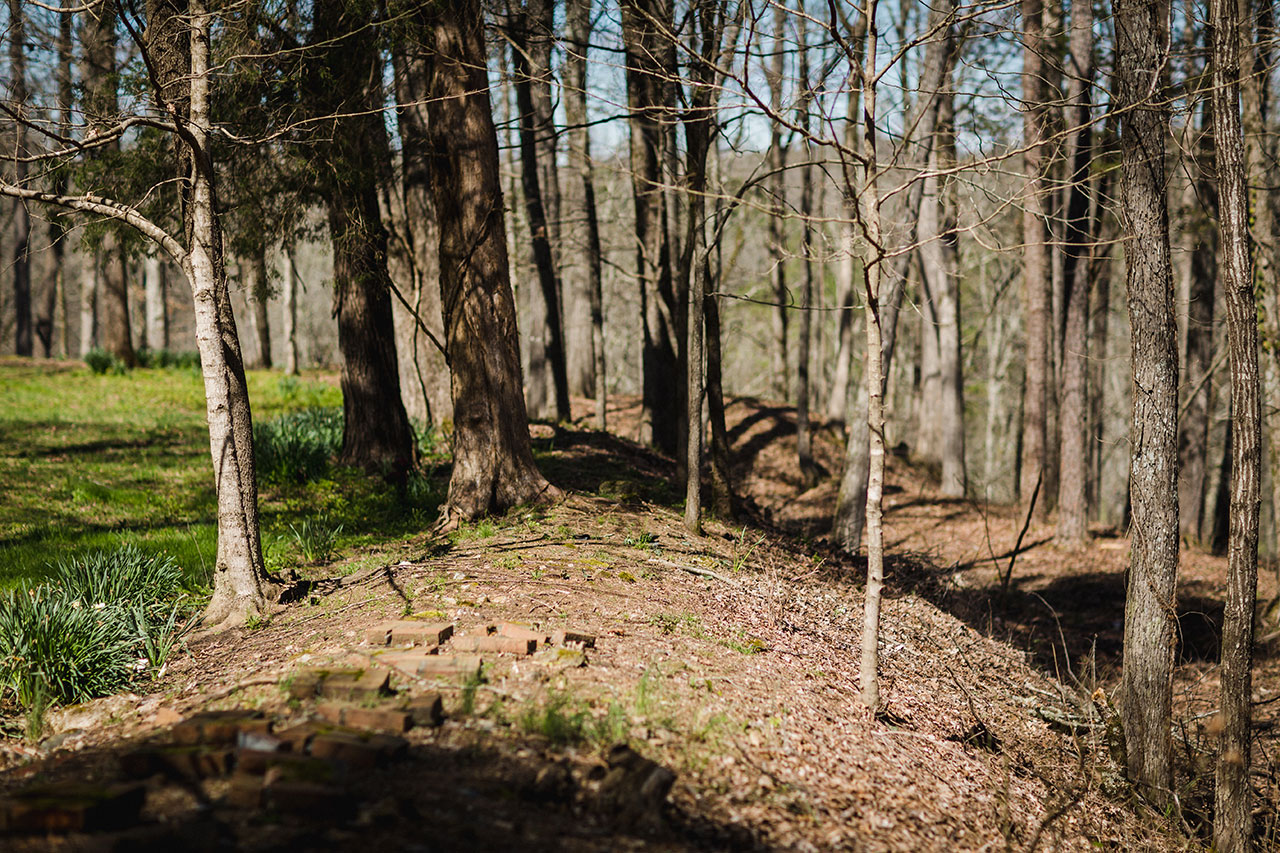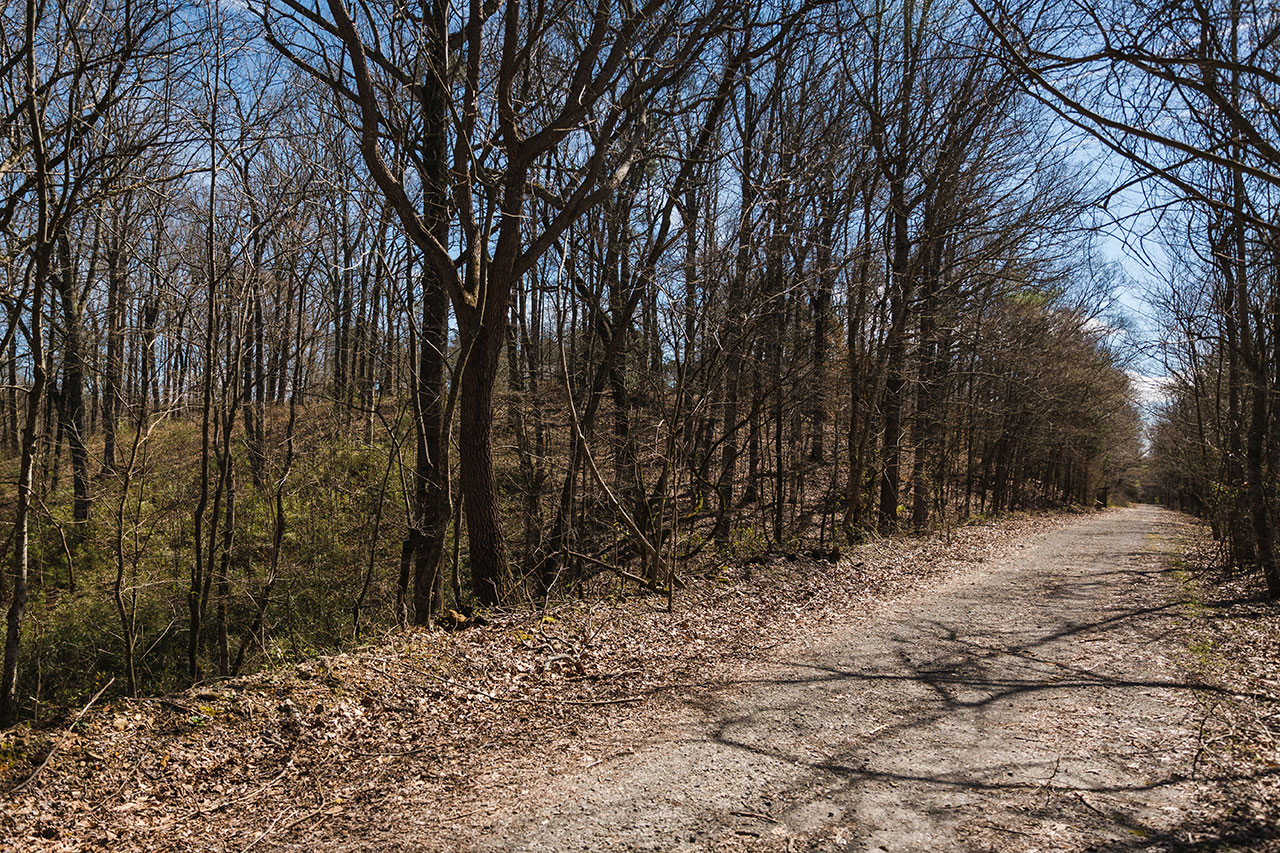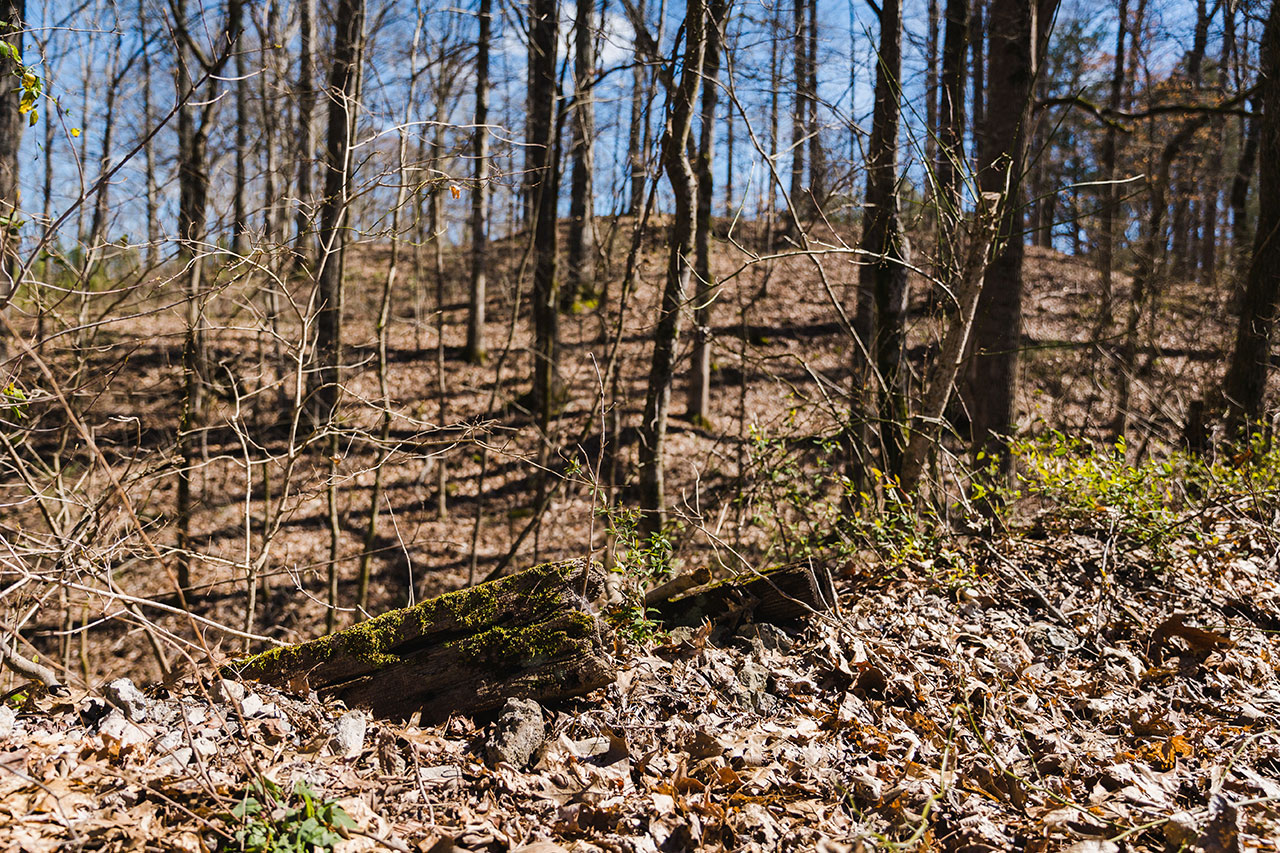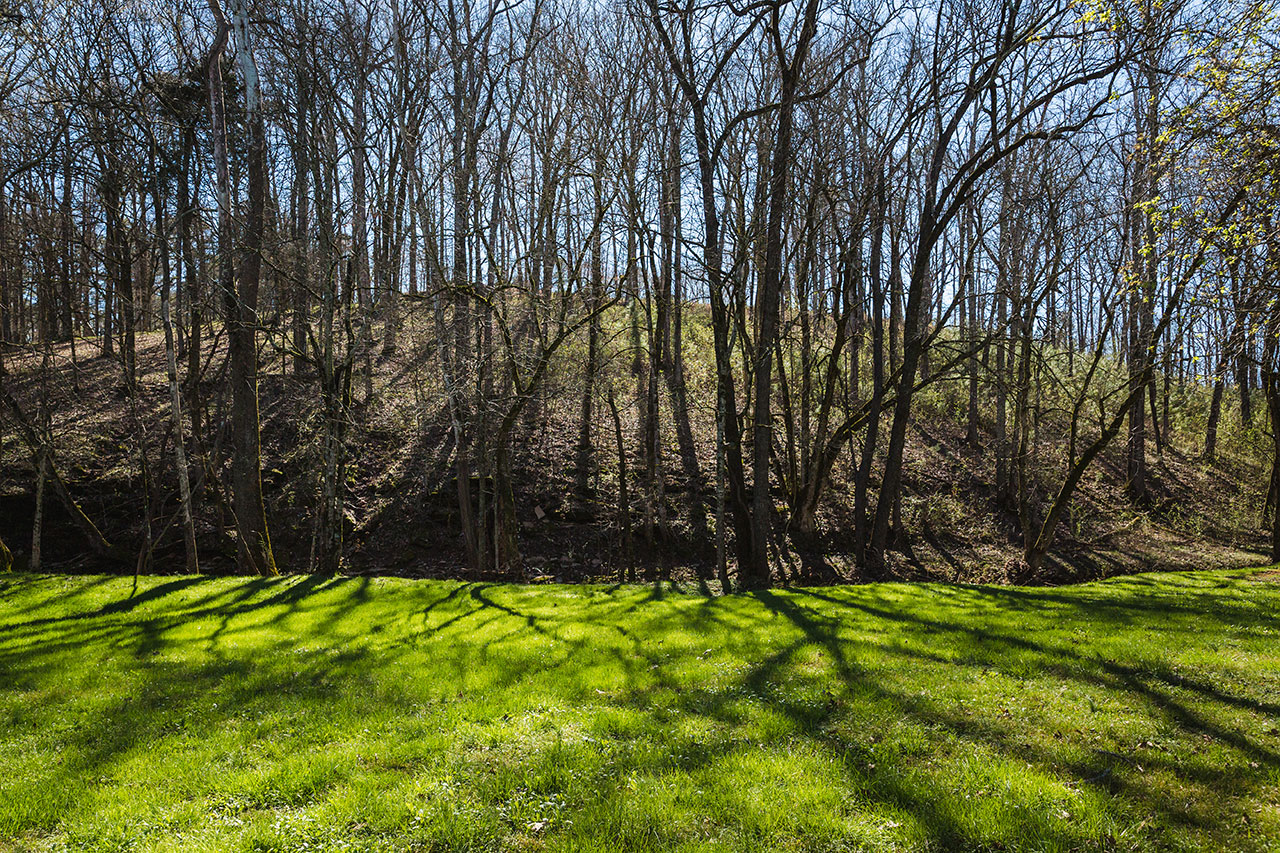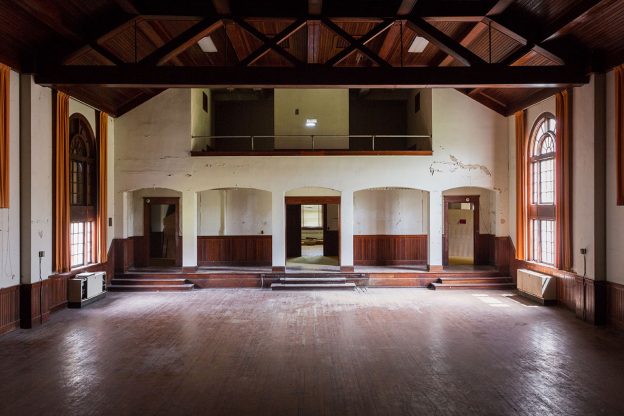Sulphur Creek Trestle
South of Elkmont in Limestone County, the remains of Sulphur Creek Trestle Fort sit high above Sulphur Creek. Rifle pits still skirt the edge of the site and the powder magazine still is recognizable over one hundred and fifty years after its last use. During the Civil War, the Union fort stood guard over the longest trestle bridge on Louisville & Nashville Railroad line. Seventy- two feet tall at its highest point, and over three hundred feet long the bridge was a weak point for the Union, who used to the line to move supplies and men south out of Union territory into the Confederacy. The 3rd Tennessee Unionist, the 9th Indiana Calvary, and the 111th U.S.C.T guarded the Sulphur Creek Trestle. Most of the men in the 111th U.S.C.T. had been enslaved in north Alabama. After the Emancipation Proclamation went into effect on January 1, 1863, Union cavalry officers started recruiting formerly enslaved men around north Alabama.
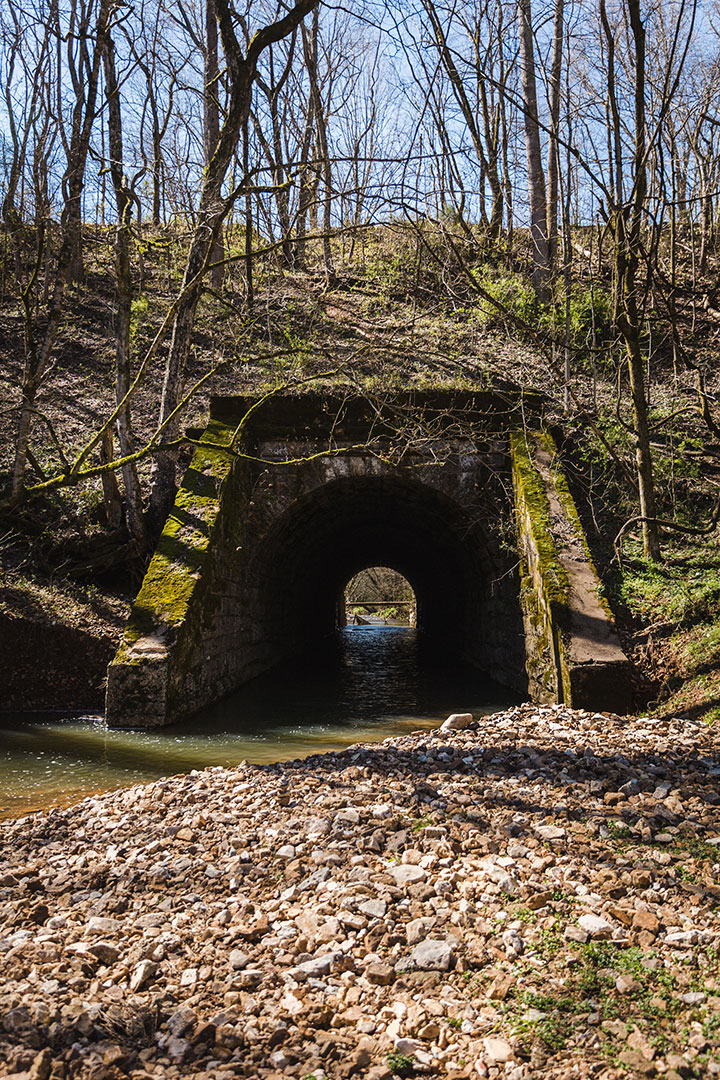
The men then traveled to Pulaski, Tennessee where the 2nd and 3rd Alabama Infantry Regiments A.D. (African Descent) were formed (later re-designated as the 110th and the 111th United States Colored Troops). The 110th stood guard just ten miles south at Fort Henderson in Athens. On September 25, 1864, Confederate General Nathan Bedford Forrest attacked, positioning some of his forces on hilltops surrounding the fort, which enabled them to fire directly onto the men inside. At the end of the battle and Union surrender, the Confederate forces burned the bridge. Over two hundred Union soldiers died and Confederates took the remaining eight hundred prisoners. The soldiers who made up the 111th U.S.C.T. were taken to Mobile to build fortifications around the city. After the war ended, many former soldiers returned home, and their descendants remain an important part of our community in northwest Alabama. After the war, the burned bridge was replaced with a dirt embankment and an enormous stone culvert to let Sulphur Creek flow freely. Today, what remains of Sulphur Trestle Fort site is located on private property.
Trains no longer travel along the old rail line, which was removed in 1986. Instead walkers, runners, cyclists and equestrians enjoy the Richard Martin Trail – a Rails to Trail project. While this site appears serene and impressive today, it witnessed fierce fighting whose scars and vestiges remain embedded in the landscape.
